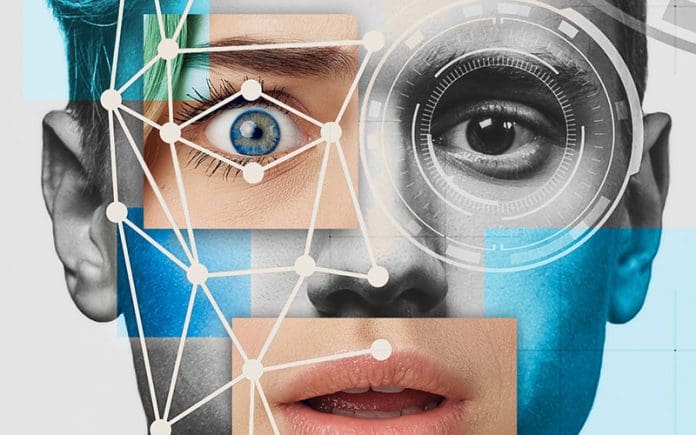In recent years, the term “deepfake” has become increasingly prevalent in discussions surrounding artificial intelligence and media manipulation. Deepfake technology, driven by sophisticated algorithms and neural networks, can generate hyper-realistic synthetic content, often blurring the lines between reality and fiction. This column aims to provide an in-depth exploration of what deepfake AI is, its origins, applications, and the ethical considerations surrounding its use.
Understanding Deepfake AI:
Deepfake, a portmanteau of “deep learning” and “fake,” refers to the use of artificial intelligence (AI) to create realistic, often deceptive, media content. At its core, deepfake technology leverages deep neural networks, a subset of machine learning, to analyze and mimic patterns found in existing data. These networks are trained on vast datasets, including images and videos of real individuals, enabling them to generate synthetic content that appears genuine.
Origins and Evolution:
The origins of deepfake technology can be traced back to academic research in the field of machine learning. However, it gained widespread attention and notoriety as a result of its application in manipulating video and audio content. Deepfake algorithms have evolved over time, becoming more sophisticated and accessible, leading to an increase in the prevalence of manipulated media across various platforms.
Applications of Deepfake AI:
- Entertainment and Film Industry: Deepfake technology has found its way into the entertainment industry, allowing filmmakers to recreate scenes or resurrect deceased actors. This application has both creative and controversial implications.
- Political Manipulation: Deepfake AI raises concerns about its potential use in political contexts. The ability to manipulate speeches or create fabricated videos of political figures can have serious consequences for public trust and political stability.
- Identity Theft and Fraud: Deepfakes can be used maliciously for identity theft or fraud by creating convincing videos or audio recordings impersonating individuals.
- Social Media Manipulation: The rise of deepfake technology poses challenges for social media platforms, where manipulated content can be disseminated widely, leading to misinformation and public confusion.
Ethical Considerations:
The proliferation of deepfake AI has sparked ethical debates surrounding privacy, consent, and the potential misuse of this technology. As deepfakes become more convincing, distinguishing between genuine and synthetic content becomes increasingly challenging, raising concerns about the erosion of trust in media and information sources.
Regulatory Responses:
Governments and tech companies have begun to respond to the challenges posed by deepfake technology. Some countries have introduced legislation to regulate the creation and dissemination of deepfakes, while tech giants invest in developing tools to detect and mitigate the impact of synthetic media.
Conclusion:
Deepfake AI represents a double-edged sword, with its potential for both creative innovation and malicious deception. As technology continues to advance, society must grapple with the ethical implications and establish robust safeguards to mitigate the negative consequences of synthetic media. A careful balance between technological innovation, regulatory oversight, and public awareness is essential to navigate the complex landscape of deepfake AI responsibly.






